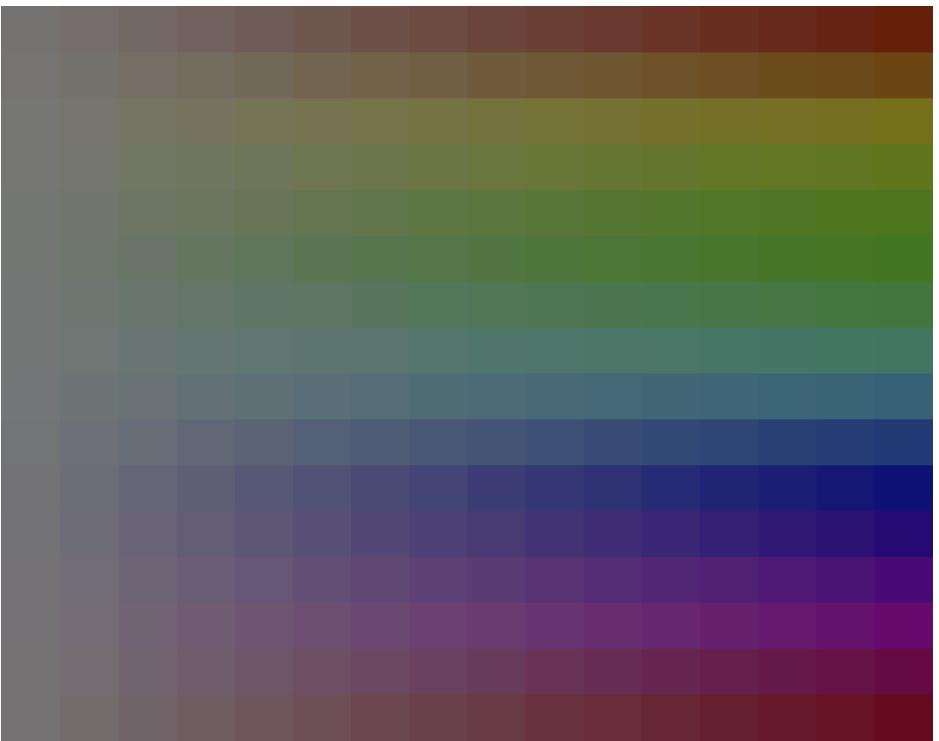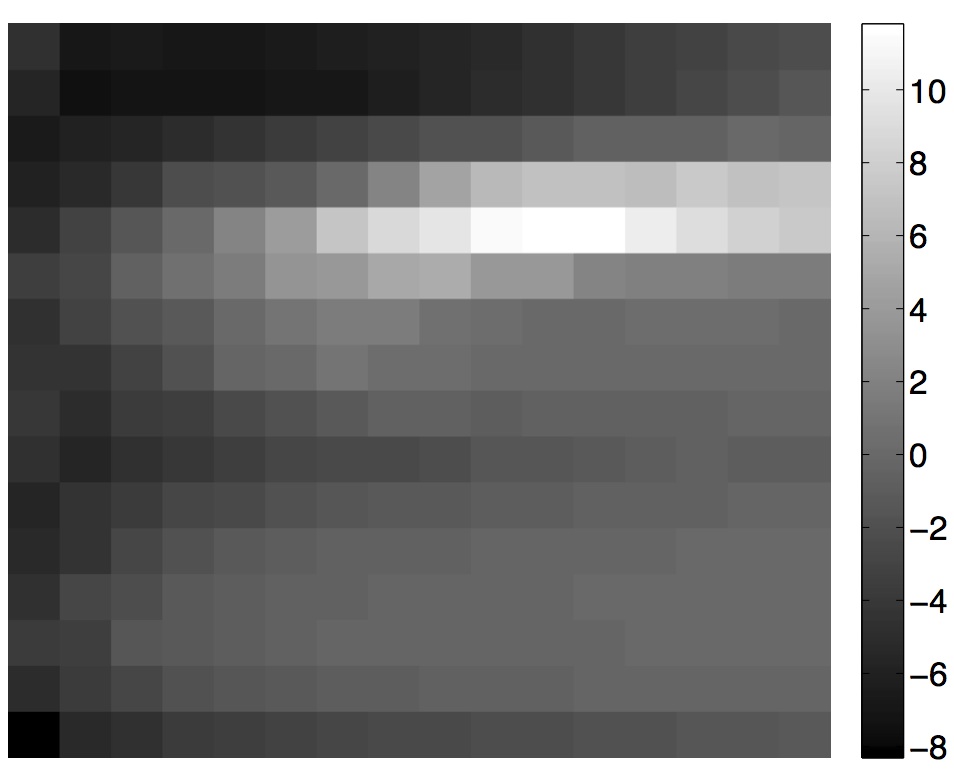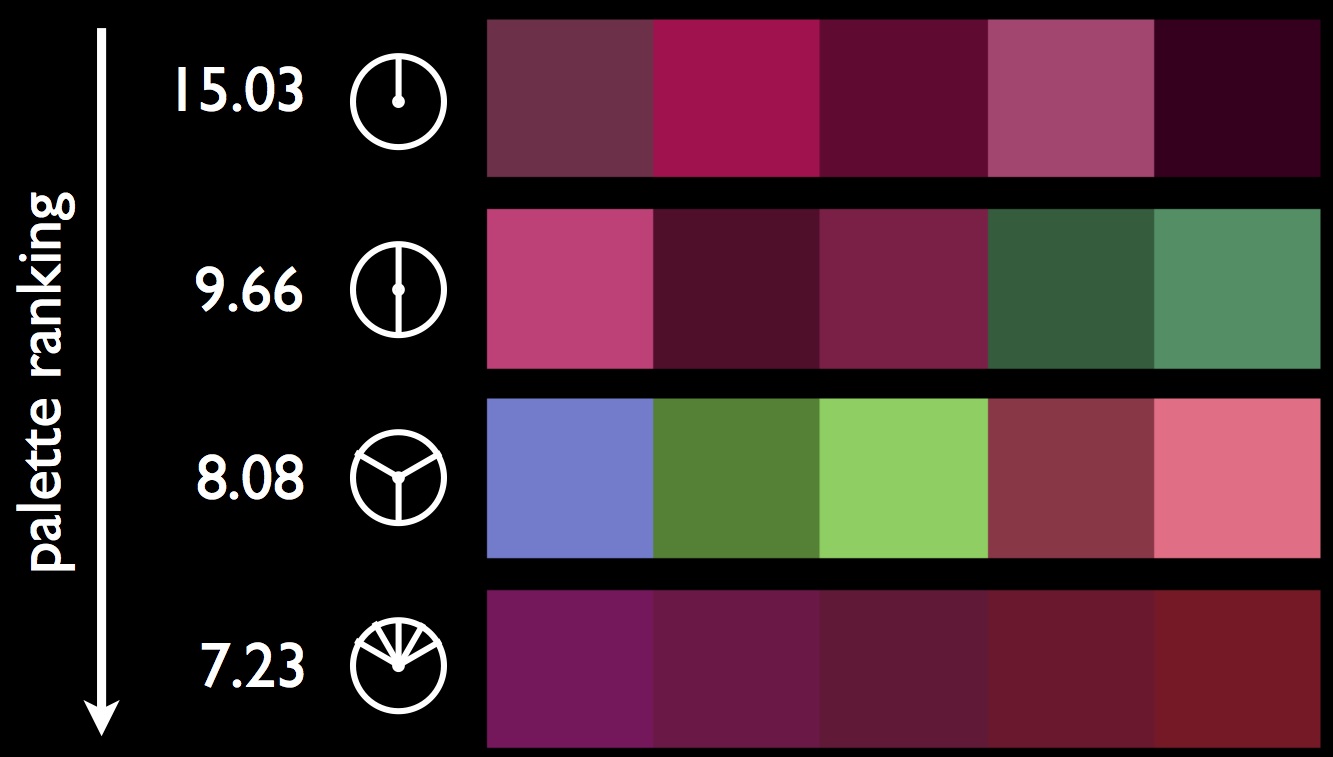Please note that the publication lists from Infoscience integrated into the EPFL website, lab or people pages are frozen following the launch of the new version of platform. The owners of these pages are invited to recreate their publication list from Infoscience. For any assistance, please consult the Infoscience help or contact support.
Automatic Color Palette Creation from Words
We present an automatic framework to extract color palettes from words. This is a novel approach in comparison to existing solutions, e.g. manual creation or extraction from images. The associations between words and colors are deduced from a large database of 6 million tagged images using a scalable data-mining technique. The palette creation can be constrained by the user to achieve a desired hue template. We first focus on single words and then extend to entire texts. We compare our results against Adobe Kuler, a widely used online platform of manually created color palettes. We show that our approach performs slightly better than its non-automatic counterpart in terms of user’s preference rankings. This is a good result because our method is fully automatic whereas Kuler relies on users’ palettes that are manually created and annotated.
Proceedings of the IS&T 21st Color and Imaging Conference
2013
IS&T 21st Color and Imaging Conference, Albuquerque, New Mexico, November 4-8, 2013.p. 69-74
Link semantics to image content
Using a statistical test we compute the significance of color values for a given semantic expression. This figure shows which parts of an HSV color histogram are significantly linked to the keyword grass.


Palette extraction
We place 5 colors in the HSV space that maximize the palette’s significance ans satisfy a given hue template. Here is an example palette for the example of grass.

Palette ranking
The automatically extracted can also be ranked with the significance score. The below figure shows an example for the keyword cherry. Palettes for four different hue templates (indicated on the left of the palettes) have been created and the results are ranked by their significance scores (numbers to the left). Palettes with a higher significance score are a better representation fo the underlying semantic concept.
